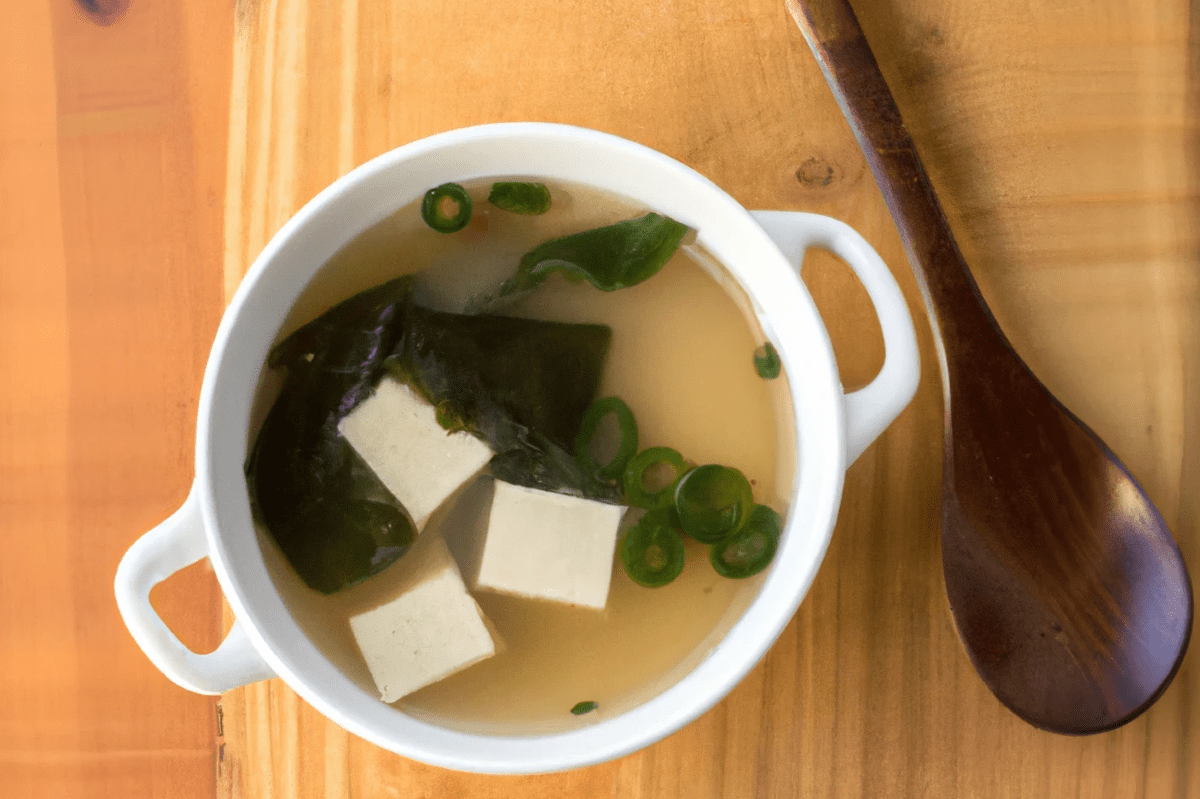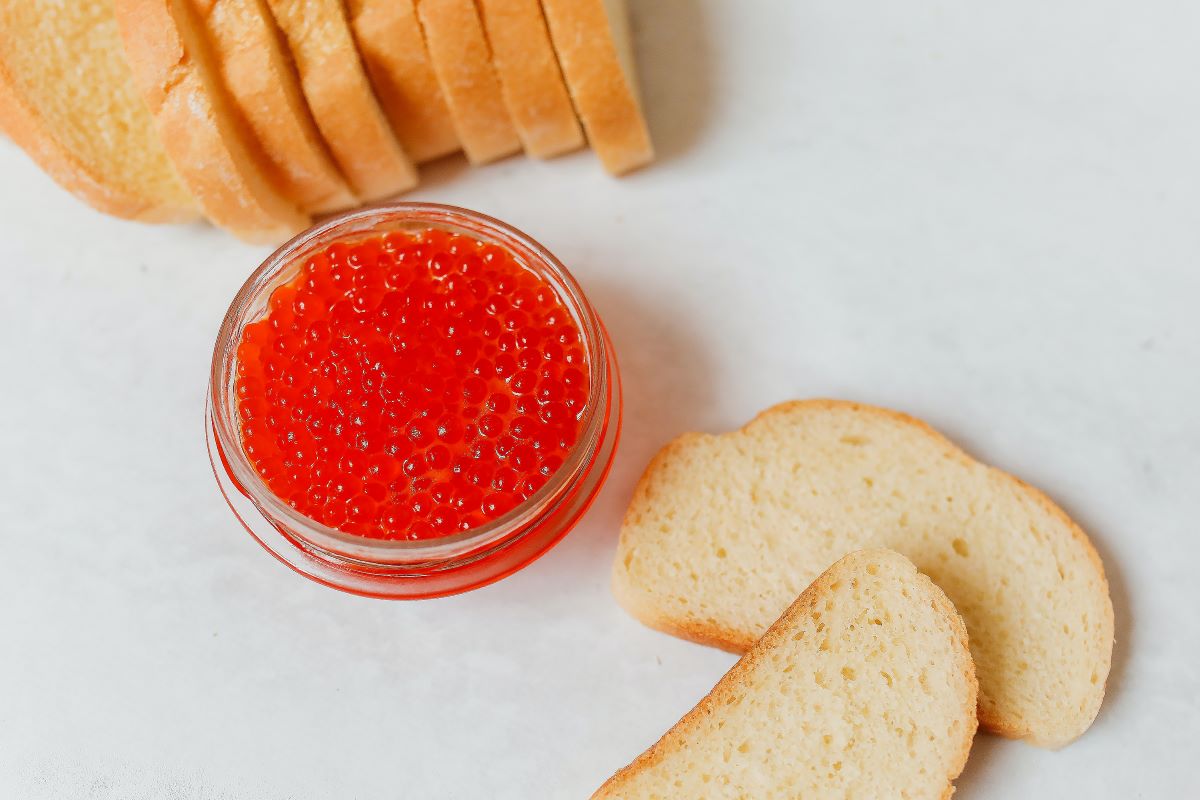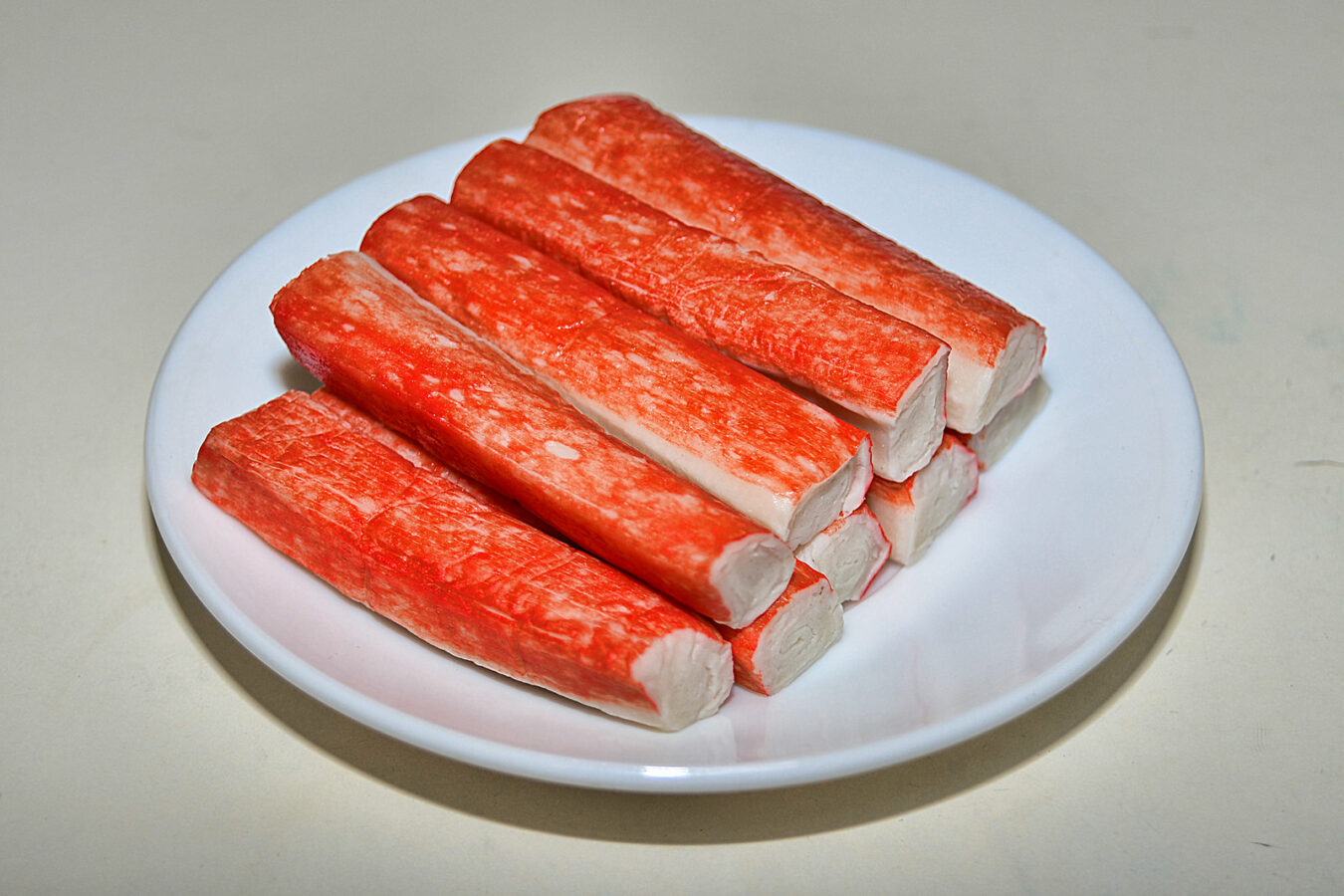Table of Contents
Is Gum Vegan?
Gum is generally considered vegan since it is traditionally made using chicle, a sap derived from a Central America Tree. These days, gum brands use synthetic alternatives, which are usually vegan. However, some manufacturers use animal-derived ingredients in their gum.
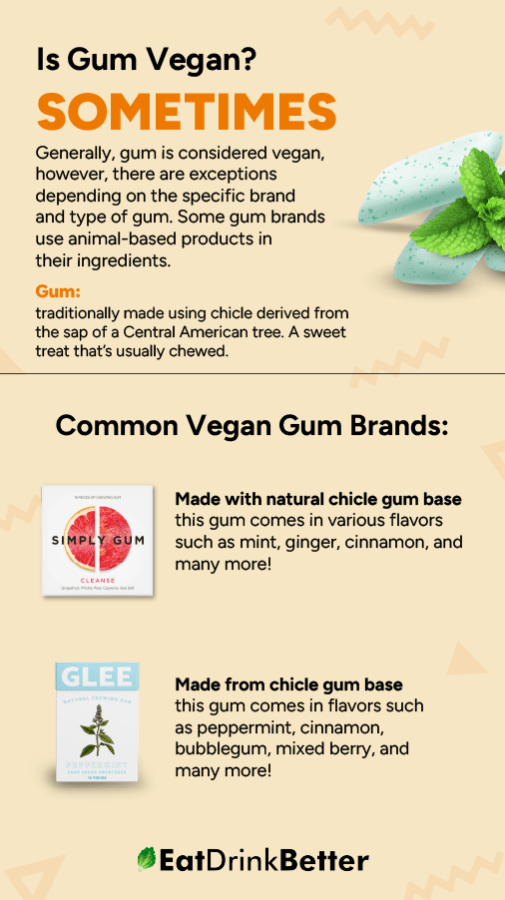
Non-Vegan Ingredients or Processes
Gum sometimes contains non-vegan ingredients or processes due to the use of substances derived from animals. These substances can include gelatin, a popular gelling agent, or beeswax, used as a coating to prevent stickiness. Since these ingredients come from animals, they’re not considered vegan-friendly.
Remember, not all gums have non-vegan ingredients. Some companies provide vegan alternatives. Vegan gums frequently use plant-based substitutes, such as vegetable-based glycerin or natural gums from plants like chicle gum base. These replacements provide a comparable texture and chewing experience without using substances derived from animals.
Controversies Within the Vegan Community
Certain ingredients or manufacturing processes often stir up controversies and gray areas in the vegan community about gum.
Palm oil is controversial since its production is linked to deforestation and habitat destruction.
Furthermore, artificial sweeteners like aspartame or sugar alcohols can cause disagreements, as some vegans may avoid them for health or ethical reasons. Ultimately, the decision to consume gum can vary among vegans, depending on their personal beliefs and values.
Popular Gum Brands
These gum brands contain ingredients that aren’t vegan-friendly, which is why it’s always important to check the ingredient list.
Wrigley’s (e.g., Extra, Orbit, Juicy Fruit)
Some of Wrigley’s gum contains gelatin, which is derived from animal collagen and used as a gelling agent.
Trident
Some Trident gum lines, such as the Trident Splash & Trident Layers, contain gelatin and glycerin, which is used as a softener or moisture-retaining agent. Additionally, certain Trident gums may use beeswax as a coating to prevent sticking, making them non-vegan.
Mentos
Mentos gums, specifically Mentos 3 Layer, Strawberry Squeeze, and Juice Burst, are not vegan, as they too include animal-derived gelatin as a gelling agent.
It’s essential to check the ingredient list on the packaging to identify animal-derived ingredients and determine if a gum product aligns with a vegan lifestyle. Additionally, some of these brands may offer vegan-friendly gum options, so it’s always a good idea to look for specifically labeled vegan products if you are following a vegan diet.
Vegan-Friendly Alternatives and Variations
There are plenty of vegan-friendly gum alternatives available for a vegan lifestyle. Some brands manufacture gum using plant-based bases derived from sources such as natural tree sap like chicle or other plant resins. These brands often sweeten their products with sugar substitutes like xylitol or stevia. They usually also offer various flavors, including fruit, mint, or herbal options, giving a broad choice range for vegan gum enthusiasts.
Store-Bought Alternatives
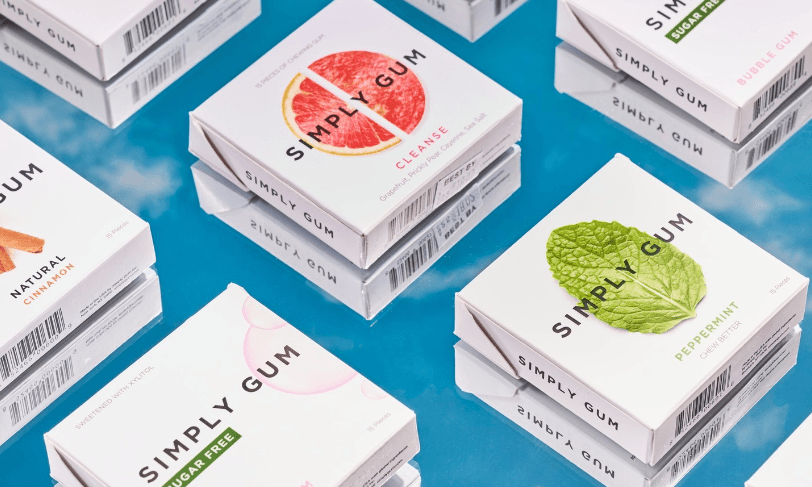
Simply Gum
Simply Gum provides an array of vegan gum, crafted with a natural chicle gum base. Their gums have no artificial sweeteners, flavors, or preservatives. You can enjoy their products in different flavors, such as mint, ginger, cinnamon, and various fruity options.

Glee Gum
Glee Gum offers a range of vegan gum, all made with a chicle gum base. They ensure their gums contain no artificial colors, flavors, sweeteners, or preservatives. The flavors they offer include peppermint, cinnamon, bubblegum, and mixed berry.
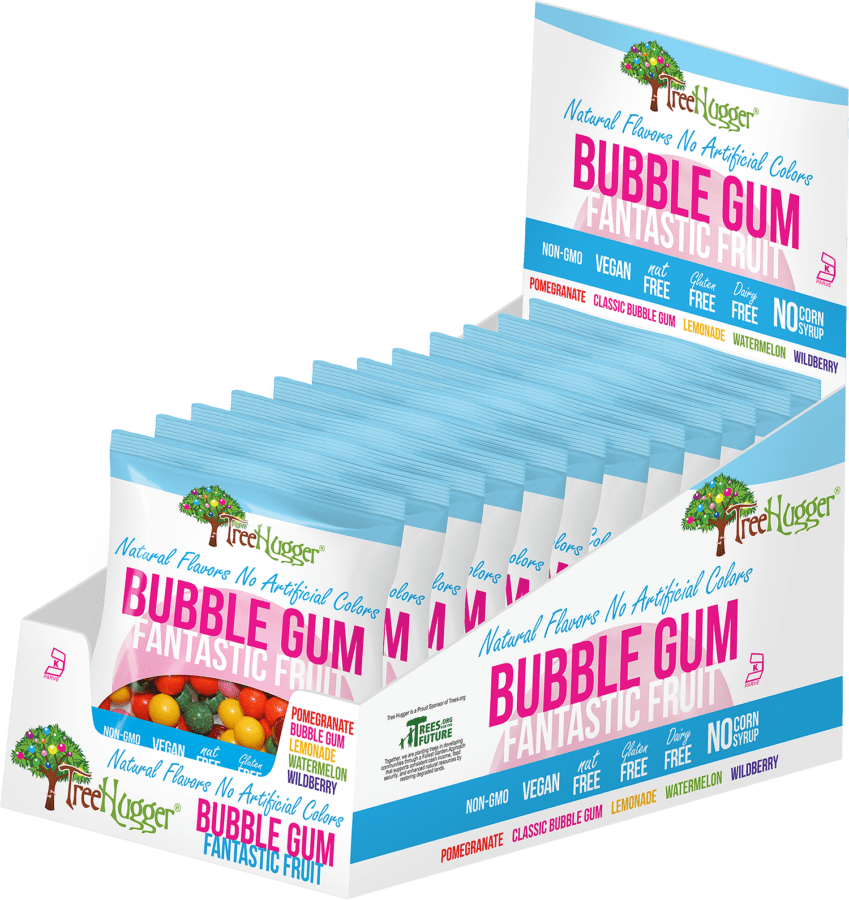
Tree Hugger Gum
Tree Hugger Gum makes its vegan gum from a base obtained sustainably from rainforest chicle. Their gums contain non-GMO ingredients and don’t have artificial sweeteners, flavors, or preservatives. You can enjoy their gums in flavors like cinnamon, spearmint, and bubblegum.
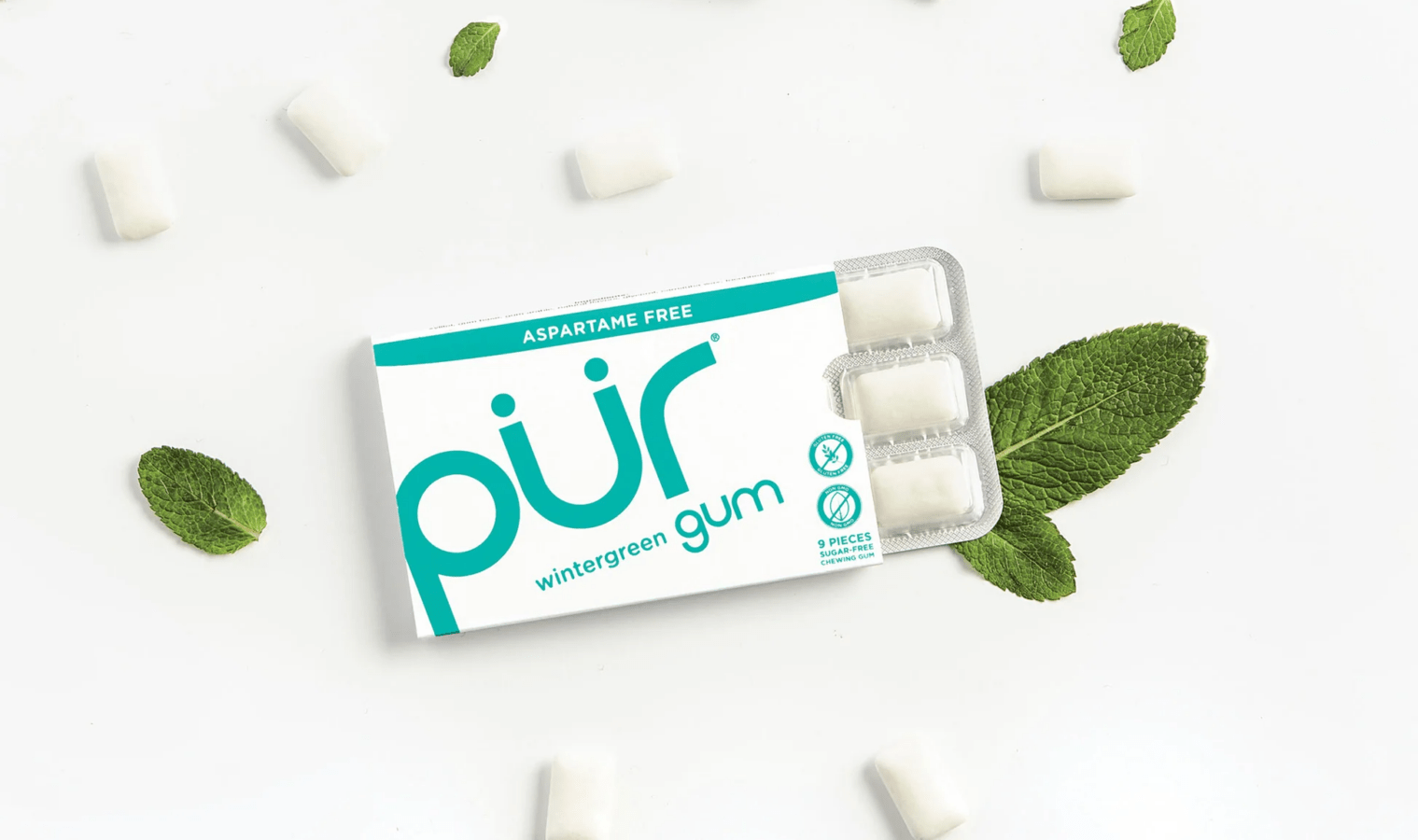
PUR Gum
The PUR Company makes its gum with ingredients derived from sustainably sourced raw materials. Their gums are free from aspartame, GMOs, and artificial flavors. They offer flavors like peppermint, spearmint, wintergreen, and cool mint.
Tips for Identifying Vegan-Friendly Options
Identifying vegan-friendly gum doesn’t have to be overwhelming. Examine the ingredients list for any animal-derived ingredients, like gelatin, stearic acid, or beeswax. Opt for gums that use plant-based gum bases, like chicle or other natural resins. Finally, ensure the products explicitly state they’re vegan or have a certified vegan symbol on their packaging to be certain that they align with your dietary preferences.
Homemade Versions
Ingredient Swaps
While homemade gum recipes that use vegan-friendly ingredients are readily available online, they can also be a challenge and time-consuming to make. This is why we recommend purchasing from a trusted vegan manufacturer, since it’s easier and safer.
However, if you are keen on making your own vegan gum, here are some ingredient swaps to consider. Instead of gelatin, choose plant-based gelling agents like agar agar, or pectin. You can substitute beeswax with plant-based waxes, like carnauba wax or candelilla wax, to achieve a similar coating effect. Using these ingredient swaps will keep your gum recipe vegan-friendly, without compromising texture and desired characteristics.
How To Use Vegan Alternatives in Recipes
If you’re using a plant-based gelling agent, like agar agar or pectin instead of gelatin, refer to the package instructions for the correct usage and measurements. Generally, you need to heat these alternatives and dissolve them in liquid before adding them to your gum recipe.
If you’re replacing beeswax with plant-based waxes like carnauba wax or candelilla wax, ensure you melt the wax and mix it well with the other ingredients for even distribution. Adjust the quantities as needed for the right texture and consistency.
How Gum Is Made
Ever wondered how chewing gum is made? Let’s go through the process.
Primary Ingredients
Gum’s common ingredients consist of a gum base, sweeteners, flavorings, and extra additives. The gum base provides the chewy texture and can come from natural sources like chicle, a type of tree sap, or synthetic materials like latex or synthetic resins. To make the gum tastier, sweeteners such as sugar, corn syrup, xylitol or stevia are included. Flavorings, either natural or artificial, add different flavors like mint or fruit.
Secondary Ingredients/Additives
Gum can also contain secondary ingredients or additives like softeners, preservatives, and coatings. To improve texture and pliability, you can add softeners, such as glycerin or vegetable oil. Preservatives like BHT (butylated hydroxytoluene) or potassium sorbate can help extend the gum’s shelf life. Coatings such as powdered sugar, wax, or shellac are applied to the gum’s surface to prevent sticking and create a smoother finish. These secondary ingredients and additives contribute to the quality, longevity, and consumer experience of gum products.
Production Process
The first step in the gum-manufacturing process involves melting a gum base and blending it with sweeteners, flavorings, and other additives for the right taste and texture. This blend is then heated and kneaded to ensure uniform consistency. Next, the gum is shaped into individual pieces, usually by rolling and cutting, and then coated with powdered sugar or other substances to prevent sticking. Finally, quality checks ensure the gum meets the right specifications before packaging it for distribution.
Sourcing and Ethical Considerations
Environmental Impact
Gum’s environmental impact comes primarily from its disposal. One significant issue is gum litter on streets, sidewalks, and public areas. Gum, when it is composed of non-biodegradable synthetic materials, can remain in the environment for years. Its persistence contributes to visual pollution and complicates cleaning efforts. Additionally, gum’s sticky nature allows it to attach to surfaces and accumulate dirt and other pollutants. This not only spoils the look of urban areas but also harms local ecosystems.
Labor Practices
Labor practices for gum production can vary depending on the manufacturer and location. In some regions, there may be concerns about fair wages, working conditions, and workers’ rights within the gum industry. For example, the harvesting of natural gum base materials, such as chicle, could involve manual labor in remote areas, and it may be necessary to ensure that workers are treated ethically and compensated fairly. Transparency in the supply chain and adherence to labor standards are essential to address potential labor-related issues and ensure ethical practices throughout the gum production process.
FAQ
Is swallowing gum bad?
Swallowing gum is generally harmless because it passes through the digestive system without creating any issues.
Is sugar-free gum safe for my teeth?
Yes, sugar-free gum can actually be beneficial for your teeth. According to the American Dental Association, chewing sugar-free gum increases saliva flow, which in turn reduces plaque acid, strengthens the teeth, and decreases tooth decay.
How long should I chew a piece of gum?
Most dental professionals suggest chewing gum for approximately 20 minutes to stimulate saliva production and minimize the risk of tooth decay. After this time, it’s better to dispose of the gum properly, rather than swallow it or continue chewing it for an extended period.

